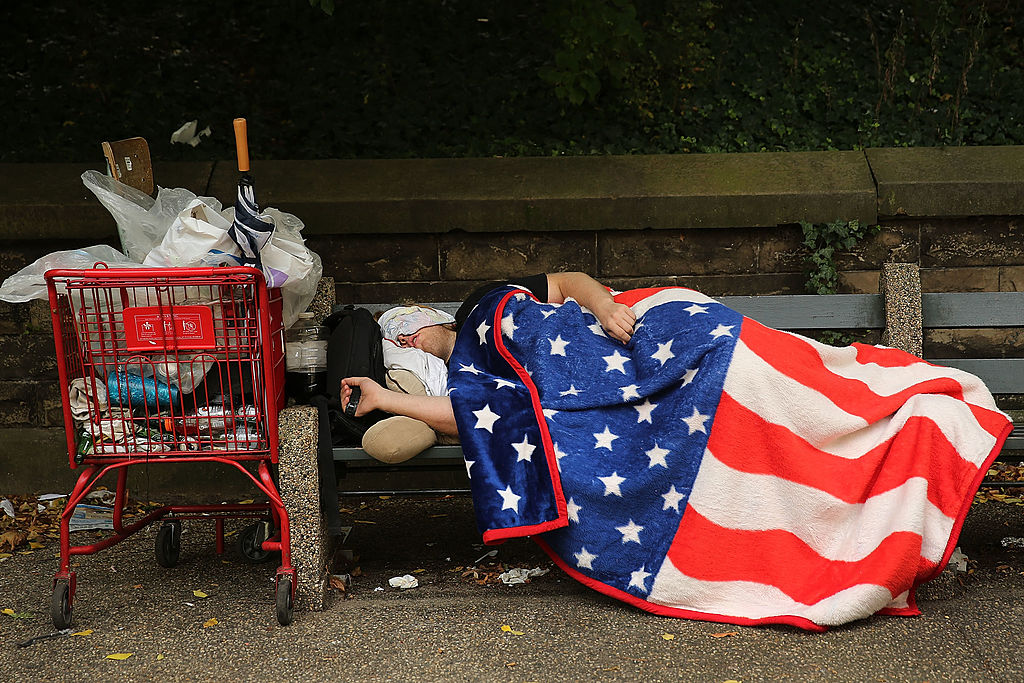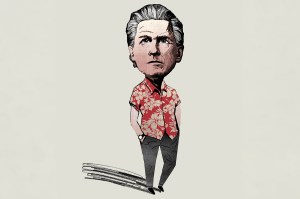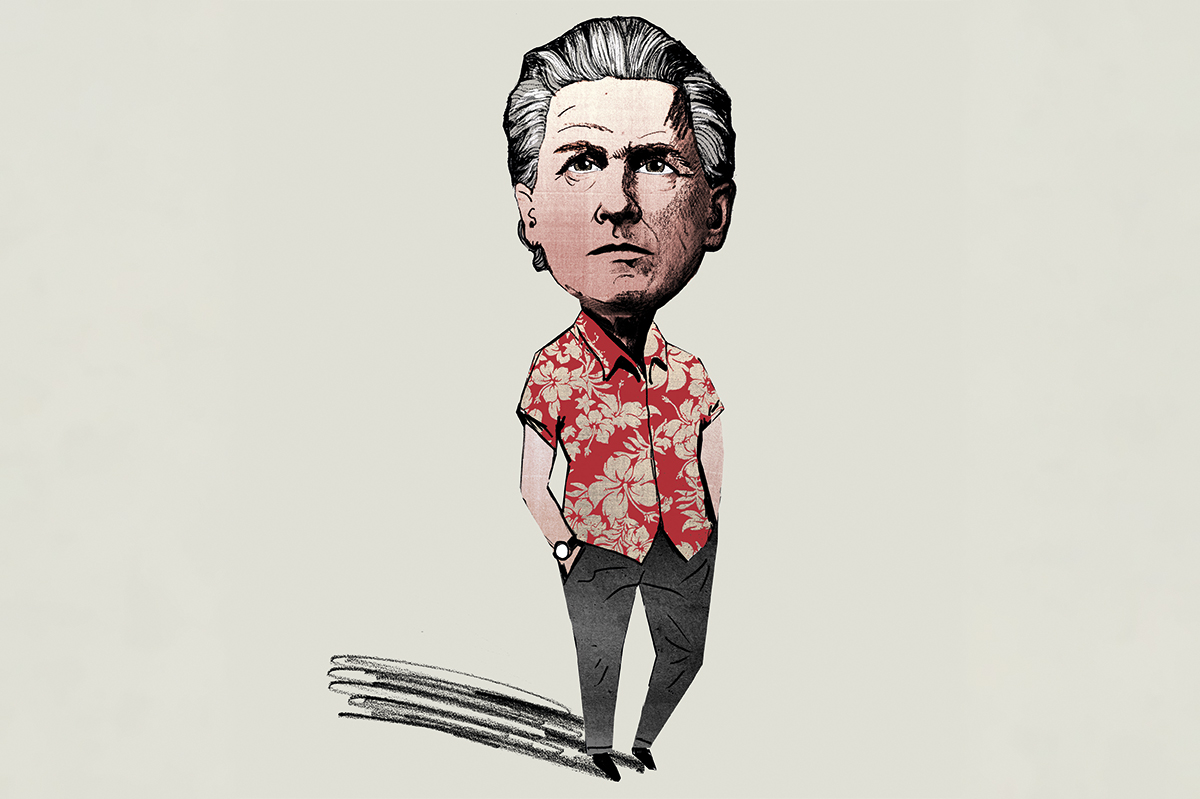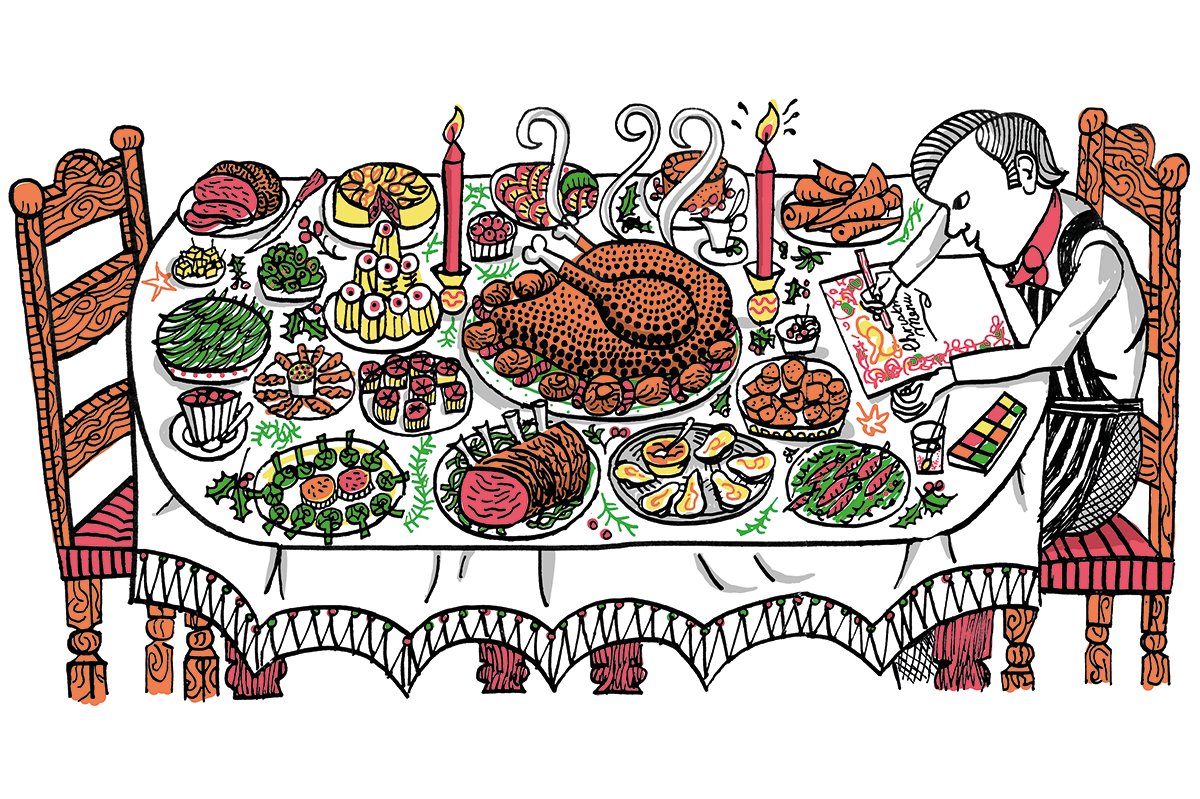“What stands out for visitors?” I asked our guide during a tour of Honolulu’s Chinatown with my out-of-town guests. “Always the same,” he replied, “the homeless.”
You can’t miss his point. During our brief walk through Chinatown’s markets, we saw a disturbed man dressed only in his underwear touching himself, several streetworn people begging and a fire department respond to a prone vagrant. When someone in our party needed the restroom, the shopkeeper apologized for having to keep it locked to prevent misuse. Many places had signs saying “no public toilet.” Despite some great-tasting food, it was hard to keep up a holiday spirit. Same for when we passed the tent cities and parks overtaken by the homeless along a drive on the Windward side.
The numbers only begin to tell the story. Pre-Covid, there were an estimated 6,458 homeless people in Hawaii. The Big Island saw the biggest jump in homelessness from 2019 to 2020, a 16 percent increase. San Francisco before Covid counted over 8,000 homeless persons — and while Covid-era numbers are hard to pin down, one measure is overdose deaths among the hom less, which have tripled. New York has the highest homeless population of any American metropolis, close to 80,000 and growing. The number of homeless there today is 142 percent higher than it was ten years ago.
Estimates for the United States as a whole run well over half a million people living homeless. The number shoots up dramatically if you include those living in their cars, those on their way to exhausting the goodwill of friends who offered a couch and those who slide in and out of motels as money ebbs and flows. Some 21 percent of American children live in poverty, homeless or not. In the end, nobody actually knows how many people are living without adequate shelter except that it is a large number and it is growing. Keep in mind that all these homeless people coexist in a United States whose wealthiest citizens have their own spaceships. New York City alone is home to seventy billionaires, more than any other American city. It is also home to nearly a million millionaires, more than any other city in the world. How is it that the nation’s wealthiest city and poorest city are the same place?
All the solutions seem to fail. There are not enough shelters, we are told, but even when more shelters are built, the homeless are too paranoid to move in, or the shelters become too dirty, too dangerous, chaos compacted. In ravaged San Francisco, one out of ten of the city’s already existing supportive housing units are empty, with the director of the Department of Homelessness (!) placing the blame on individuals. So the homeless problem becomes a mental health problem, which becomes a drug and alcohol problem, which becomes a public health problem. Our society will not force people into care, and it will not deport the homeless against their will to desert camps. Instead we simply do nothing absent throwing a few bucks into food programs.
Answering the question of what to do about homelessness requires first answering the question of why we have homelessness in the first place. Because while homelessness exists elsewhere in the developed world, you simply do not see it at pandemic proportions in equally developed nations across Europe, and certainly not in the economic superstates like China and Japan. Scale and size matter and America wins on both counts. Why?
Because the American economic system requires homelessness. Think of the homeless as runoff, the unfortunate but necessary waste product of an economic system designed to exploit workers for the benefit of space-traveling overlords.
Until slavery ended, human beings were considered capital, just like stock today. Now we’re “human resources” so everything’s better. Bringing up race hides the real story of how long this has been going on and how deep a part of our way of life it is. The line between controlling someone with a whip and controlling someone through ever-lower wages gets finer and finer over time.
This is what “systematic” means: a system of public-private sector agreements codified as laws that push workers into a cesspool as grab-and-go disposable labor. Those who sink end up homeless. Those who tread water are guaranteed a life of maybe just enough, their place in society fixed for others’ goals, never their own. It also assures the sales of drugs, alcohol and lottery tickets as the working poor try to convince themselves all this can’t be true. Can it?
The next step is clear. The working poor are allowed to exist at survival levels only because they are in jobs too expensive or difficult to automate. You think there are a lot of homeless people now? Wait until self-driving vehicles click in and another job category simply disappears, leaving drivers and delivery people nowhere to go (there are more than 3.5 million truck drivers in the US, making driving one of the largest occupations). Same for fast food and other service jobs.
A system designed to exploit will always exploit too much at its edges. It is supposed to, to keep driving the center downward, from 1950’s middle class to 2022’s working poor. But in the near term, the issue isn’t confronting the reality of inequality so much as navigating the society it has created. “Don’t make eye contact” was some of my tour guide’s best advice.
This article was originally published in The Spectator’s December 2022 World edition.

























